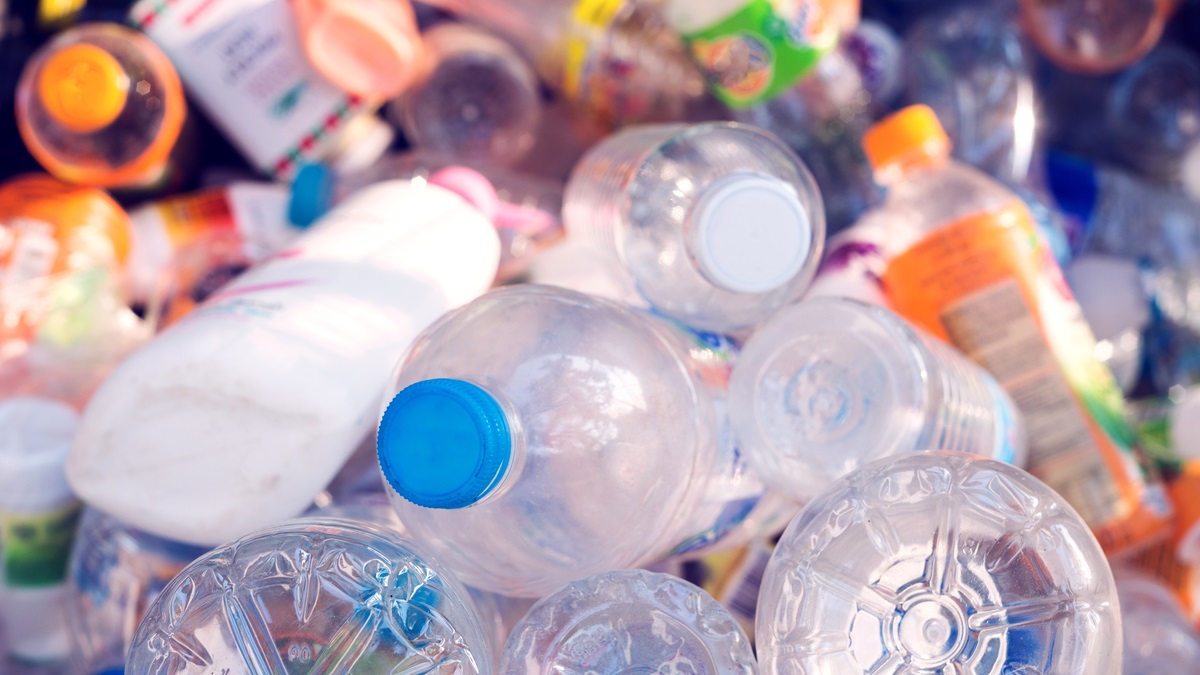
Unnecessary plastic waste remains a key contributor to climate change and it is undeniable that more must be done to tackle the issue to protect our planet from further damage.
However, sustainability within packaging is complex and cannot be neatly solved by simply swapping plastic for an alternative material. There are many factors that need to be considered when determining whether a product offers a truly eco-friendly solution.
It can be easy to forget that plastic is often incorporated into packaging to perform an important role: to protect the product inside. This is particularly important in industries such as the food and pharmaceutical sectors, where minimising waste that could have a damaging impact on the environment is key.
Any material that is used to replace plastic in packaging for perishable products must offer the same protective qualities or the purpose is entirely defeated.
Considering the whole life cycle of materials
The life cycle of materials must also be considered. Throwaway plastic packaging makes up 40 per cent of our demand for the material, with two thirds of plastic produced being released into the environment and staying there. This is clearly not sustainable.
However, the solution is more convoluted than simply replacing plastic with a material that is perceived to be “green”. In recent years we have seen a move towards reusable packaging, with retailers such as Waitrose and Lush introducing refillable packaging options in their stores.
It’s important that we weigh up the credentials of a recyclable solution against packaging that can be used hundreds, or even thousands, of times over to establish what truly offers the most environmentally friendly solution.
Finally, and perhaps most importantly, it is essential the carbon used to produce a product is considered before we make judgments on whether a material is genuinely sustainable. Plastic remains among the most energy-intensive materials to make and many alternatives offer a far more carbon-efficient alternative.
But to determine which materials are truly sustainable, we must look at the bigger picture and consider the amount of carbon that is used at every point of the supply chain. For example, if a company creates a paper alternative that weighs more than their original plastic packaging, they have twice as much material to produce, transport and dispose of at the end of its life, all of which comes at a high cost for the environment.
Plastic can still be a sustainable choice
It’s a complex and multifaceted equation, but one that must be considered if we are to move towards a carbon-efficient world.
Justin Kempson, director of sales and innovation at Charpak, says: ‘’Research shows the entire life-cycle carbon footprint of recycled plastics is the least impactful. Plastics must become circular to prevent packaging waste. Existing resources must be recovered and reused to reduce new materials production. Where packaging is necessary, a circular model is the most sustainable solution, with a far lower carbon impact, no matter which material.’’
At the last edition of our Packaging Innovations show in Birmingham, 20 per cent of visitors said they were looking for sustainable design, but 32 per cent said they look for biodegradable plastics. Plastic can still be the material of choice; it’s about where it has come from and what happens to it after use.
The shift in focus away from demonising plastic and towards creating packaging that is truly sustainable throughout its life cycle can be felt across the entire industry and will continue to take centre stage despite the other challenges 2020 has brought us.
It is an intricate and challenging problem that will require the whole supply chain, both for packaging and the products inside, to work together and focus on delivering solutions for the right reasons. It has become much more apparent that we are fighting a war on waste, not on plastic.
